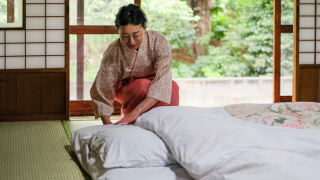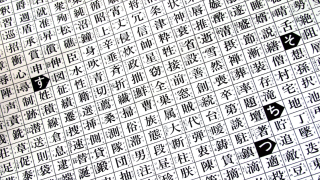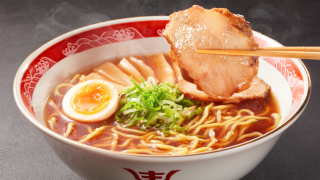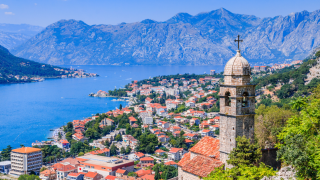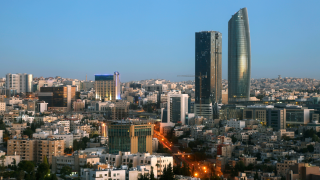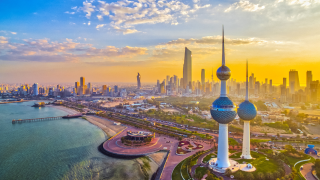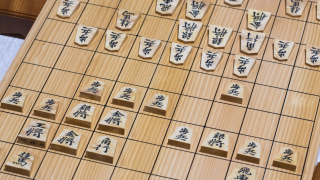 LOANWORD
LOANWORD The Charm of Shogi: Japanese Wisdom Seen Through Its Differences from Chess
Although Shogi may seem complicated, it is a board game that can be fully enjoyed once you learn the basic movements and rules of the pieces. Unique systems such as the drop rule and promotion add tension and the possibility of comebacks. Even for first-time foreign learners, it offers a fascinating intellectual experience.

